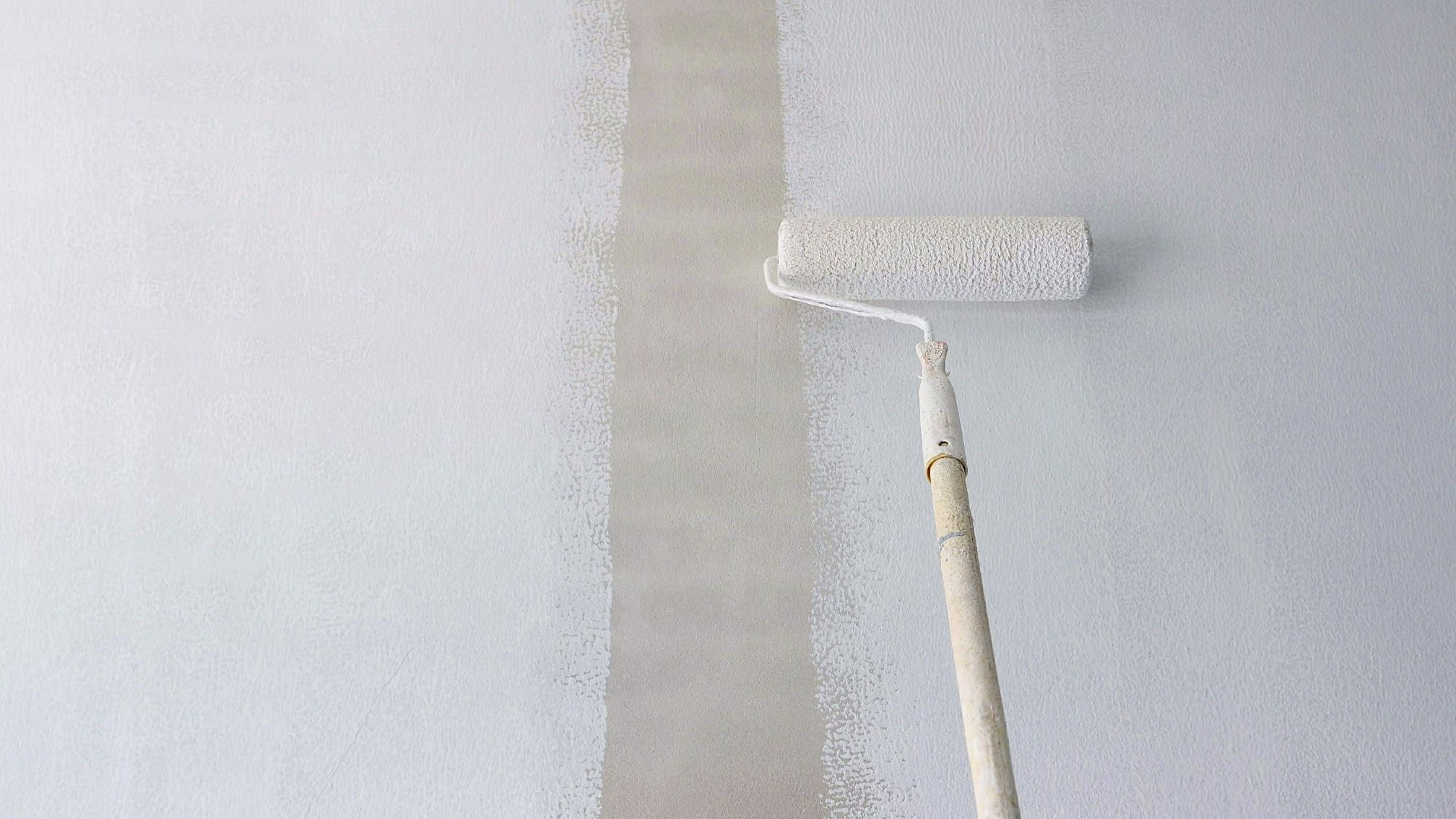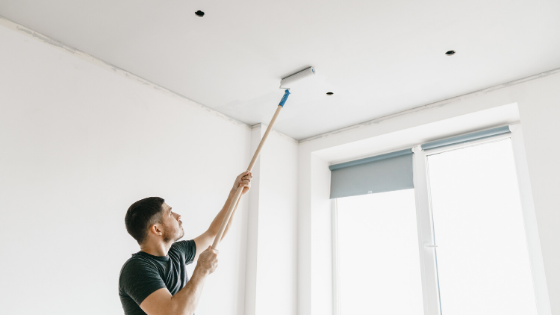Small DIY Painting projects aren’t usually a big deal, but even a small painting project requires an investment of your time and effort. Before you pickup the brush and roller, it’s important to ensure you have everything on hand to get the job done right the first time. This includes understanding when and how to properly use prime. Should you apply one coat? Two coats? Do you even need primer?
Before we go into detail about how when and why primer should be used, we’ll go over what primer actually is and the purpose it serves.
What Is Primer?
Primer, or sometimes referred to as primer paint, isn’t actually paint from a technical standpoint. Primer’s main purpose is to serve as both a masking agent and adhesion agent for your actual paint.
Primer can help new paint adhere to a surface better since certain paints don’t bond well to certain surfaces. Primer can also help to fill in holes and cracks on porous materials such as wood or concrete. Here are some examples on how primer should be used on different surfaces:
- One Coat – New drywall, raw wood, subtle colour changes
- Two coats – Damaged drywall, stained walls, rusted metals
- Three coats or more – Wood panelling, bold colour changes
How Much Primer Do You Need?
How much primer you need for your painting project really depends on what you’re painting and no two projects will ever be the same. There are some general guidelines you can follow to ensure your painting project is executed as efficiently as possible.
One of the first things to consider is the surface you’re painting. Materials like unfinished wood or untreated drywall can absorb more paint, so you’ll want to make sure you use at least one or two coats of primer to ensure the porous surface is ready for the actual paint, and you won’t need extra coats of the paint itself. If you’re working with a material like finished wood or metal products, the change of absorption is significantly less and generally will use less primer. If the metal surface you’re painting is rusted, two coats of metal primer will prevent paint from peeling.
Another important factor to take into consideration is the type of paint that is already on the surface you’re painting. If the surface you’re painting is a lighter colour, you may think you can get away without using primer. While that may be true in some cases, it will be better for the overall lifespan of your paint to ensure you put at least one coat of primer onto the surface before painting. If you’re trying to cover a dark paint colour, you’ll want to apply more coats of primer. Darker colours can make it hard for the new paint colour to be displayed properly.
Do You Really Need Primer?
In short, yes. Especially for drywall or bold colour changes. Although primer may seem like an added expense for your painting project, it ultimately saves you money because primer is drastically cheaper than paint. New drywall for example, tends to absorb paint much the same way a sponge would. Using primer, you should be able to get the job accomplished with one or two coats of primer and two coats of paint. Without primer, you would require three to four coats of paint, which increases your painting costs significantly.
What Primer Should You Use?
Since no painting project is the same, it only makes sense than there isn’t a one-size-fits-all solution when it comes to primer. Before you start applying, you’ll want to ensure you look at a few different primers to suit your needs.
Sherwin Williams has multiple options for specific materials and it would be a good idea to look through their offerings based on your needs. Visit one of their many locations and speak with one of their paint experts for help choosing the right primer for your project.
If you have questions or a painting project you’re looking for assistance with, contact your local Vancouver Painting Experts at ProRise Painting. We offer a wide range of interior painting services and free estimate and colour consultations to help you transform you home. Get in touch with our team today to schedule your appointment.





